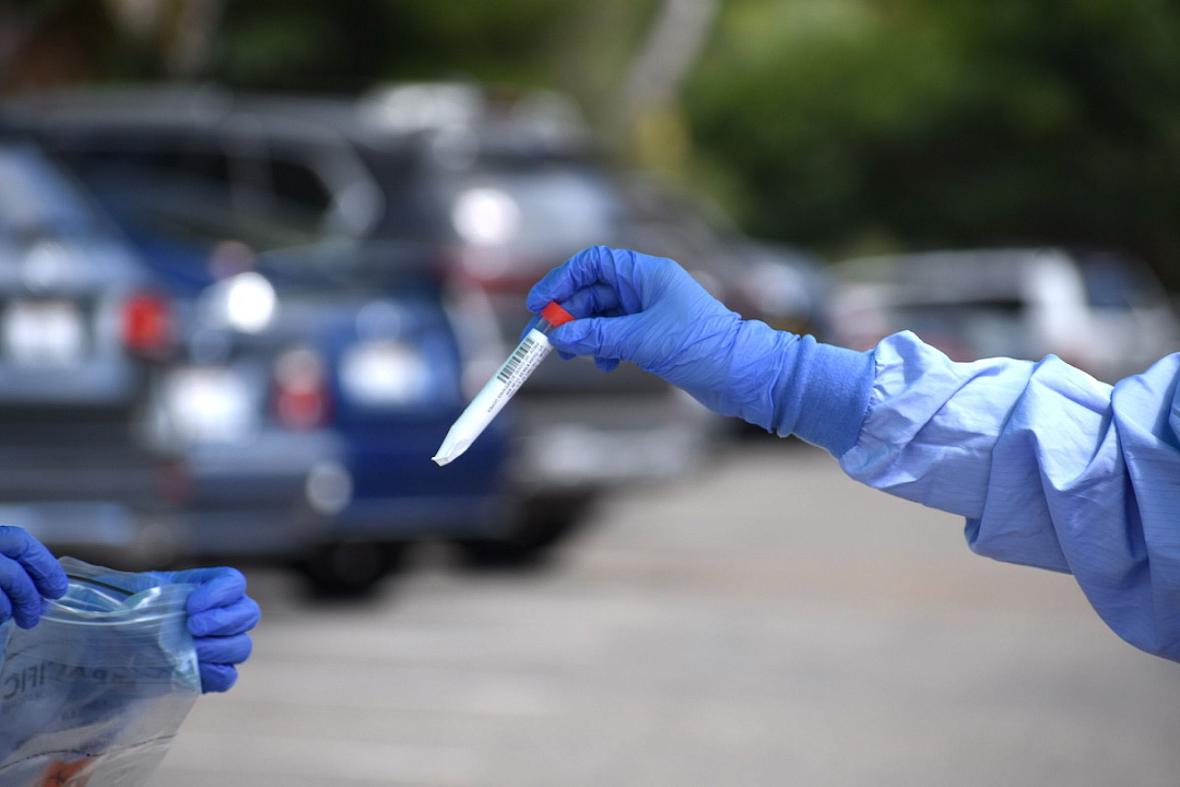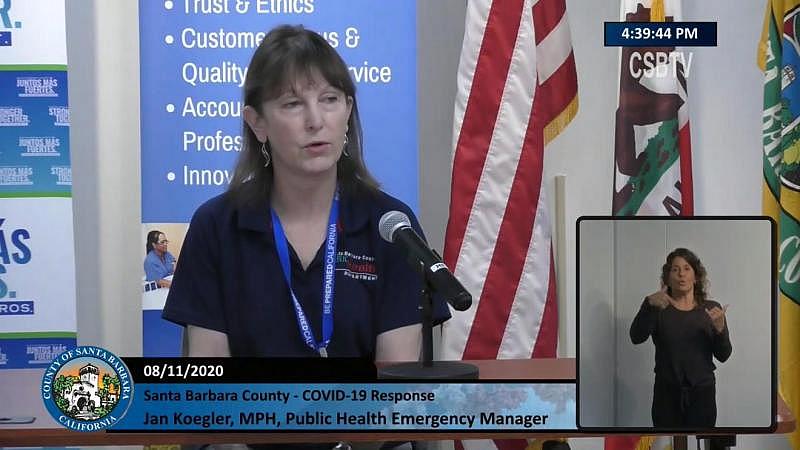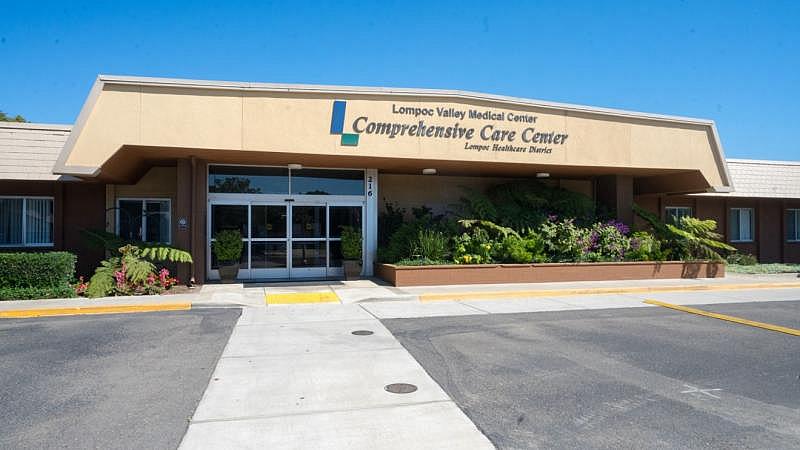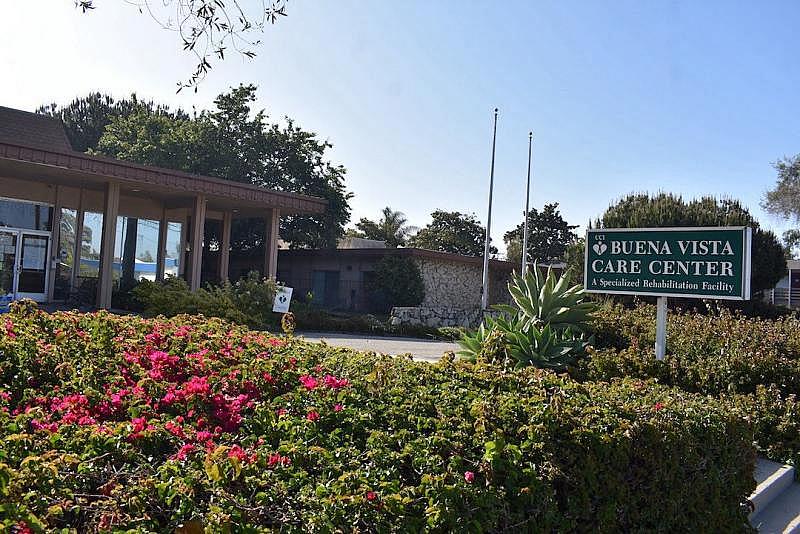Santa Barbara County Public Health Partnered with Congregate Facilities on Virus Prevention
This story is part of a larger project by Brooke Holland, a 2020 Data Fellow who is exploring the government and community partnerships in Santa Barbara County that aim to help those at greater risk of contracting COVID-19, such as residents in skilled nursing homes, migrant farm workers, jail inmates, college students and people experiencing homelessness.
Her other stories include:
To Reach Santa Barbara County’s Vulnerable, Public Health Targeted COVID-19 Testing, Drop-In Sites
Coronavirus ‘spread extremely easily’ in skilled-nursing facilities, with deadly consequences
In Post-Vaccination Life, Residents Return to Lunches, Events, Visits at Long-Term Care Facilities
Maravilla Senior Living Community Held Earth Day Celebration for First Post-Vaccination Gathering
Prevention Efforts Aimed at Farmworkers Crucial in County’s Fight Against COVID-19
Santa Barbara County Farmworker Advocates, Agricultural Businesses Reflect on Pandemic

Novel coronavirus testing has been a critical part of outbreak prevention efforts throughout Santa Barbara County. Frequent testing at skilled nursing homes was used to find positive cases among residents and workers. Here, Sansum Clinic workers at a drive-thru testing site package a testing swab to be sent to a laboratory on Aug. 4, 2020.
(Brooke Holland / Noozhawk file photo)
There was regular testing, and even one positive test from a staff member or resident prompted a full outbreak response.
Because once the virus got in, it was hard to stop.
Santa Barbara County is home to 14 skilled-nursing facilities and more than 120 assisted-living facilities for older people.
Other congregate care facilities with outbreaks — some of them fatal — include independent living and retirement communities, group homes, supportive housing, farmworker housing, shelters, addiction treatment facilities, the county Main Jail, and the federal prison complex in Lompoc.
More than 800 positive cases have been reported among workers at those types of congregate facilities, and more than 740 residents were infected by the virus, according to state and county data.
The county Public Health Department has reported 170 COVID-19-related deaths associated with outbreaks in congregate care settings, according to information obtained by Noozhawk through a public records request.
Partnerships on Prevention
In its January 2020 guidance to skilled-nursing facilities, the state noted that “the COVID-19 pandemic has highlighted the unique challenges facing many SNFs, which may include staffing shortages, lack of full-time infection preventionists, and lack of access to resources necessary to limit the spread of COVID-19 among the vulnerable SNF resident population.”
Regular conference calls were a primary way that the Public Health Department would confirm guidance on health care worker and patient safety.
That was where they would coordinate resources and discuss updated guidelines, according to county disaster preparedness manager Jan Koegler.
Recommendations for personal protective gear were one issue that changed.
Federal and state agencies now require long-term care workers to wear N95 masks if they are in a facility where there are people who tested positive, Koegler said, but earlier guidance recommended medical face masks, also known as surgical masks.
“That certainly increases the protection of staff,” Koegler said of the N95s.
State and county agencies also worked directly with facilities on staff shortages.
“If you have another surge like this, you have to expect people are going to run out of staff,” Koegler said. “Their staff are going to be sick, or they're going to be afraid to come, so we were prepared.
Jan Koegler, a Santa Barbara County disaster preparedness manager, speaks during a COVID-19 briefing on Aug. 11, 2020. (Screenshot via Santa Barbara County)
“That's another best practice to help them with staff of contracting agencies, or Medical Reserve Corps would even go in and spend the night at some facilities, to be resourceful and understand that you're going to have to support these facilities on all levels, which we did, and the Medical Reserve Corps did and the California Department of Public Health did.”
Skilled-nursing facilities are licensed by the California Department of Public Health, and assisted-living facilities are licensed by the state Department of Social Services.
Both types of facilities are required to implement frequent outbreak response testing if there’s a single positive case.
“That's a significant amount of resources, but that's the only way they found to really identify additional cases and determine where it's spread throughout the facility if it has spread,” Koegler said. “It’s at least weekly testing for skilled-nursing facilities, every three to seven days. You can imagine the amount of work that is.”
Novel Coronavirus Testing Challenges
Regular testing was an essential part of detecting positive cases and slowing the spread of infection within facilities.
However, health officials initially struggled with limited supplies of tests and turnaround times, and priority testing excluded people who did not have symptoms.
Expanding access to testing and a better understanding of the asymptomatic spreading of the virus helped facilities find positive cases, identify people at risk of infection, and put residents into quarantine, Koegler said.
At one facility, a person tested positive, and three days later, four more people tested positive.
The testing definitely helped, but the fast-moving virus spread quickly or “was already in there, and it was harder to nip it in the bud,” Koegler said. “Even with the more frequent testing, it was spreading before we know it.”
Initially, Public Health staff and volunteers with the Medical Reserve Corps helped by collecting samples for testing, by sliding swabs into people’s nostrils.
“We didn't have the kind of test turnaround that we do now, so we didn't really know when somebody, if they were quarantined, if they were positive,” Koegler said.
Local hospital laboratories also were used to get faster test results.
“We also provided training for all these facilities on the testing and on-site, so that they could have more staff trained in the process,” said Stacey Rosenberger, emergency services planner at the Public Health Department.
Eventually, most of the skilled nursing facilities contracted with outside groups to perform testing, or staff did their own swabbing and sent the samples to laboratories.
Public Health then mainly helped assisted-living facilities because they are not health care facilities, Rosenberger said. Those types of facilities range from six-bed homes to 100 beds or more, she said.
“Most of our outbreak testing that we did, especially this last little bit in January, was for assisted-living facilities,” Rosenberger said.
At least five skilled-nursing facilities, two intermediate-care facilities, three residential-care facilities for the elderly and three adult residential-care facilities had outbreaks declared cleared by the local health officer in January, according to data obtained by Noozhawk through a public records request.
Facilities Implemented Safety Measures to Prevent and Contain Outbreaks
Nursing home residents live in communal spaces, making it challenging to keep them healthy during the pandemic, according to Lorraine Jones, administrator of Lompoc Valley Medical Center’s Comprehensive Care Center.
“We at the CCC took early measures before the pandemic to reduce the incidences of influenza,” Jones told Noozhawk in an emailed statement. “Because of our early intervention with infection control measures, we were able to prevent this virus from entering our facility for nearly nine months.”
Lompoc Valley Medical Center’s Comprehensive Care Center at 216 N. Third St. in Lompoc. (Contributed photo)
The CCC experienced a novel coronavirus outbreak in December, Jones said. Staff had a mitigation plan in place, and “quickly mobilized the facility to separate the population of residents who needed to be quarantined from the rest of the population,” she said.
Navigating the personal protective equipment needed as well as managing teams among the various zones that separated residents was a daily challenge, Jones said, adding that “having a plan in place prior to this outbreak made a huge difference in the outcomes of our residents.”
County records show that the December outbreak included fewer than 11 positive cases among workers, 27 positive cases among residents and at least one resident death.
The state does not disclose the number of novel coronavirus deaths or cases if the number is less than 11.
The COVID-19 pandemic forced long-term care providers to halt communal dining services and resident activities.
At Maravilla in Goleta, everybody chipped in and helped out where they could during the pandemic, said Jill Hyers, director of programs at Senior Resource Group.
Staff delivered food three times a day for more than a year to its residents at Maravilla on Calle Real.
“They would tell us, ‘I don't think so and so is doing so well,’ and we would visit so and so, and sure enough, maybe there was something we could do to help them,” Hyers said. “We help each other out. We all became like family because we showed up every day and provided laughter.”
Officials from Buena Vista Care Center in Goleta, a skilled-nursing facility, told Noozhawk that rapid testing is available daily for all staff members scheduled to work, and all newly admitted residents are quarantined, tested and monitored before being assigned to a room.
They also hired an infection preventionist to “continually assess infection control practices, infection trends and weekly testing results,” among other guidelines.
Buena Vista reported a large outbreak in December, with 74 positive residents and 58 positive workers.
Marian Regional Medical Center's Extended Care Center has reported three fatal COVID-19 outbreaks, according to county information Noozhawk required through a public records request.
One was first reported in June, another in September and a third in late November, and each had at least one death among a resident or staff member. The state does not disclose the number of cases or deaths that total fewer than 11.
Buena Vista Care Center at 160 S. Patterson Ave. in Santa Barbara. Buena Vista reported a large outbreak in December, with more than 70 positive residents and nearly 60 positive workers. (Brooke Holland / Noozhawk file photo)
Marian's Extended Care Center also hired a full-time infection preventionist this year, said Kathy Sullivan, vice president of post-acute care at Dignity Health Central Coast.
The care center put safety practices into place to protect the most vulnerable “very early in the pandemic,” Sullivan said.
All residents are tested before admission to the Santa Maria skilled-nursing facility, and they are admitted to the facility in red, yellow or green zones depending on the results of coronavirus tests.
The zones are in adherence with CDPH guidelines, with the “red zone” referring to a defined area for residents who have tested positive for the novel coronavirus, with or without symptoms; the “green zone” referring to an area for residents who do not have COVID-19, and the “yellow zone” is all others.
Both staff and residents continue to be tested weekly, according to Sullivan.
This story is part of a series investigating the toll of COVID-19 outbreaks in Santa Barbara County skilled nursing facilities and other long-term care facilities. Noozhawk will publish additional stories about what post-vaccination life has been like for residents.
Noozhawk staff writer Brooke Holland reported this story while participating in the USC Annenberg Center for Health Journalism’s 2020 Data Fellowship.
— Noozhawk staff writer Brooke Holland can be reached at bholland@noozhawk.com. Follow Noozhawk on Twitter: @noozhawk, @NoozhawkNews and @NoozhawkBiz. Connect with Noozhawk on Facebook.
[This story was originally published by Noozhawk.]
Did you like this story? Your support means a lot! Your tax-deductible donation will advance our mission of supporting journalism as a catalyst for change.

